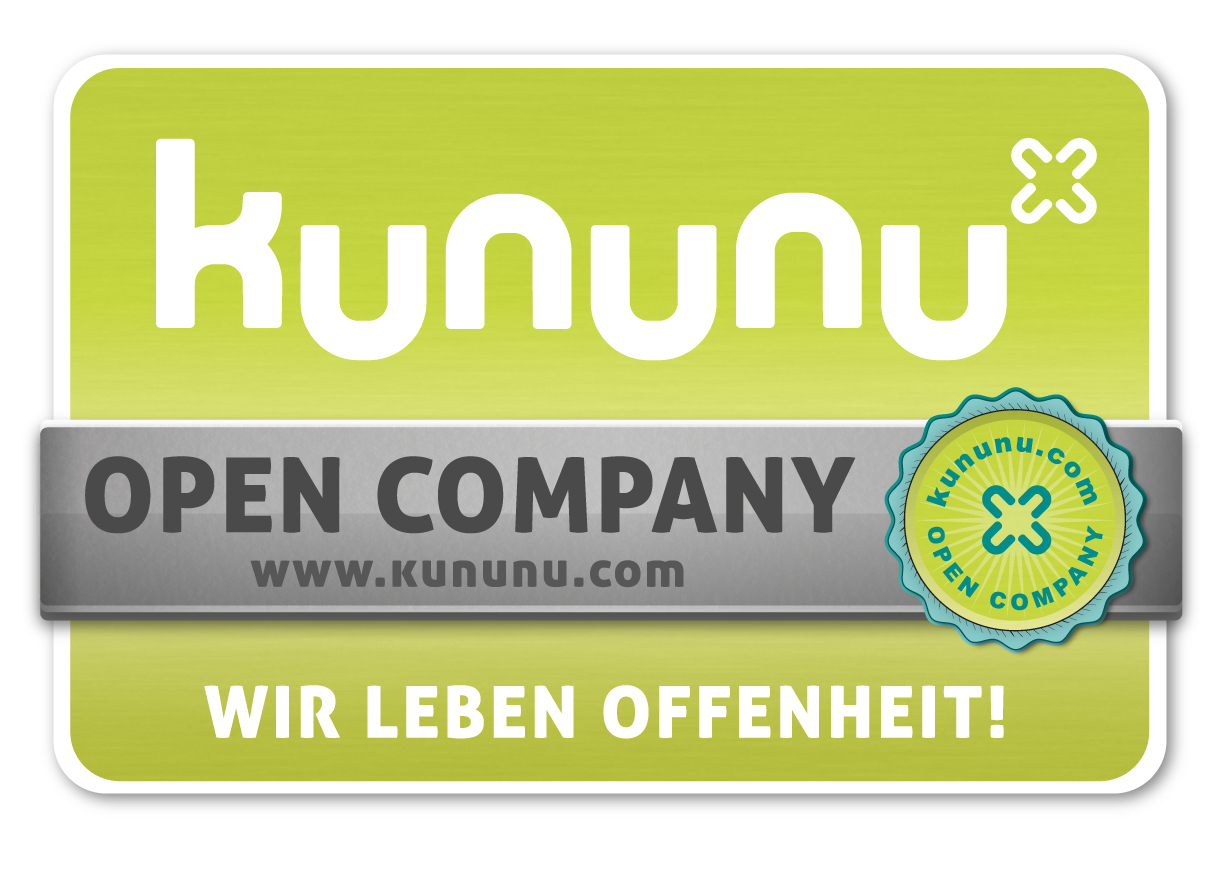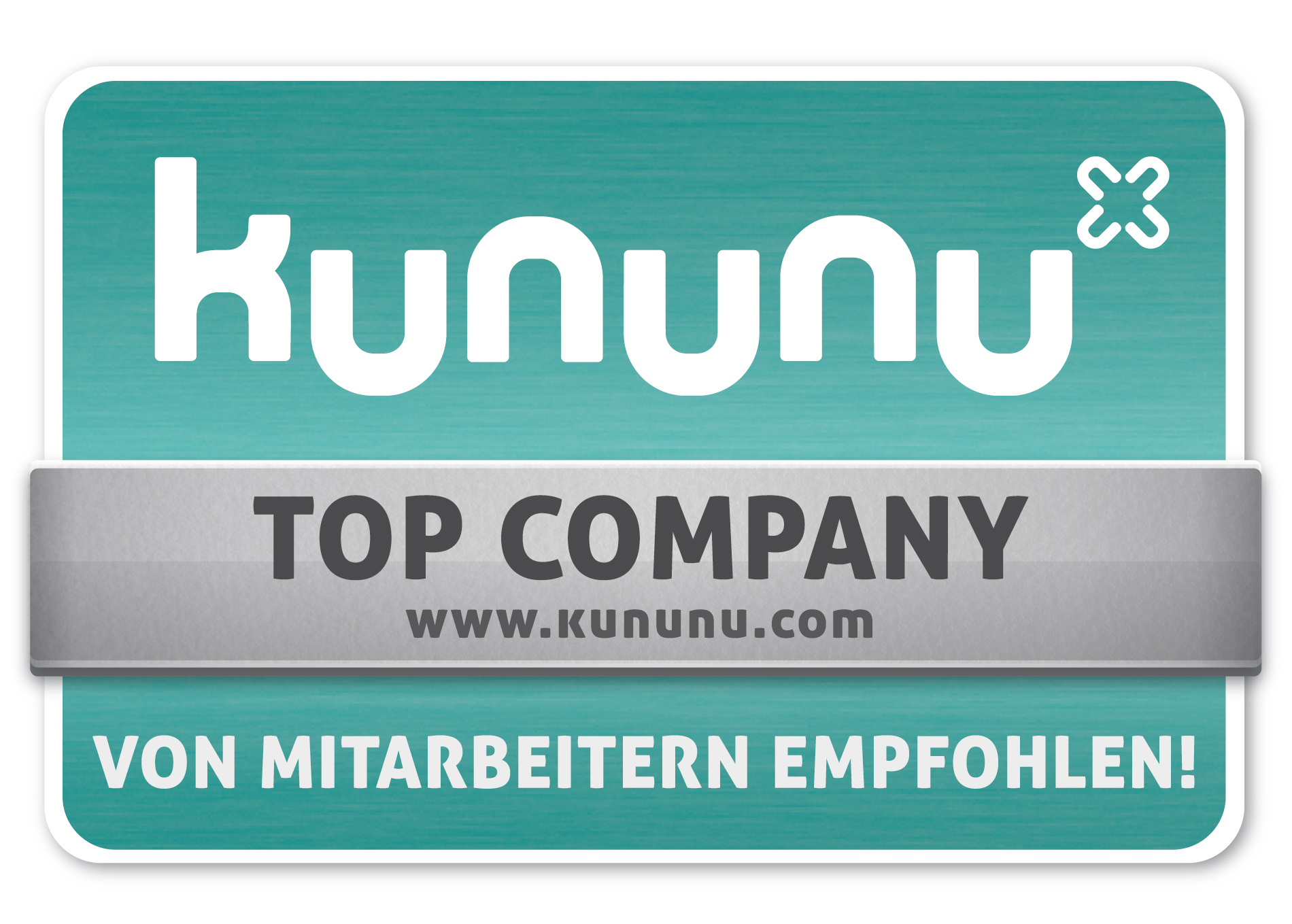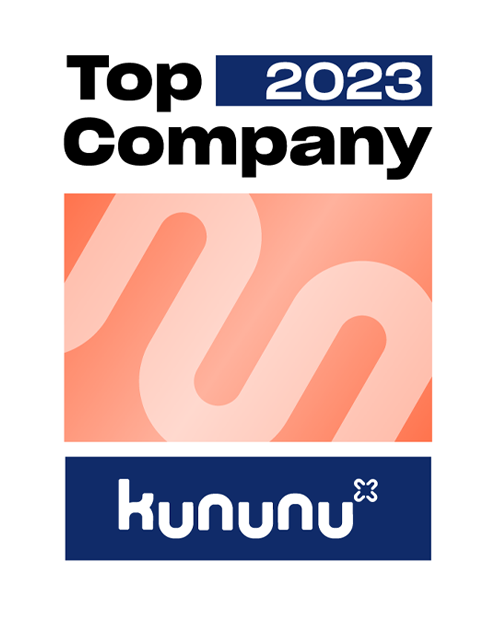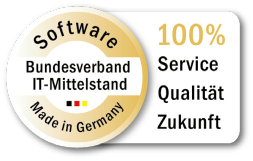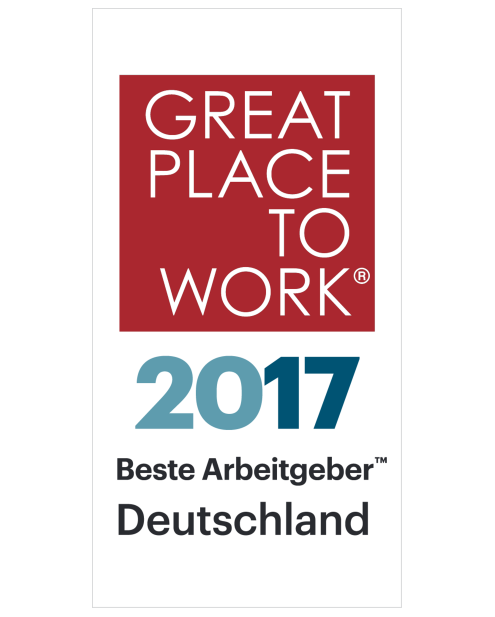Risk assessment - are you ready for the “New Normal”?

Risks and Opportunities of the “New Normal”
This is an opportune time to execute a plan for the “New Normal” as existing lock-down restrictions are lifted and business and social life is set to resume. Depending on your industry, size and business model, you will face different challenges and emerging needs.
Companies that lack a systematic approach to dealing with these emerging requirements will struggle with the additional administrative burden and face increased costs and compliance risks. Companies that still rely on manual, paper-based processes for employee training and certifications will be hard-pressed to keep their organization informed and compliant in a world of changing internal procedures and compliance requirements. A lack of systems and processes will create additional stress for managerial staff and adds to already existing uncertainty for employees.
Employees will go the extra mile for a company that demonstrates responsibility for employees and other stakeholders. Employees will be eager to develop new skills. They will be engaged to share their ideas on how to improve operations to make them safer, more efficient and more resilient.
The current time represents an opportunity to rethink approaches and move from reactive EHS strategies to a proactive model. New systems and processes can be implemented, employees can be trained and maintenance work on assets performed to ready the organization for the time when restrictions are eased.
As business resumes, you can also expect many of your business partners to examine their value chains for potential risks. Customers will looks for suppliers that demonstrate the skills, systems and processes to make their organizations resilient to disruptions.
Risk assessment - How can secova help?
As you prepare your organization for the new normal, we believe our Fully Integrated EHS solution sam – safety always matters – can play a crucial role in how you operationalize your safety strategy.
-
Employee Training and Engagement
-
Access Control and Contact Tracking – Employees and Business Partners
-
Incident Reporting

Employee Training and Engagement
Many employees are concerned about their risk of infection at the workplace. Responsible employers have an obligation to protect the health of employees and their families, as well as the broader public. This requires employers to put health over profit and ensure employees are equipped with protective gear as well as the necessary training to optimally protect themselves, co-workers, customers and their families. At the same time, there is an opportunity to increase productivity and employee engagement at a time of uncertainty and emotional and financial stress. It is important that organizations empower their management teams through systems and processes to transfer knowledge quickly and monitor and enforce compliance.
Many companies to date have employed a largely reactive approach to EHS in response to hazards and incidents. Unlike in ‘normal times’, employees are far less likely to view online training and compliance as a distraction or necessary evil, but they will appreciate employers that demonstrate concern and responsibility for employees by investing in training and systems.
Employee training and certifications prepare employees for new processes and procedures.
- Employees can be trained through easy to use instructional videos and knowledge transfer can be tracked using test.
- Even before employees return to the workplace, remote employee training can prepare the workforce for new procedures.
- Subcontractors and visitors can be instructed on procedures and compliance requirements before they arrive on site.
- New Training content ensures with new hygienic, social distancing and other directives and helps achieve compliance.
Not all job categories are at equal risk and certain job categories need to meet additional requirements.
- Based on individual and job category related risk assessment, additional training and certification requirements can be established and enforced.
- Medical test can be conducted for certain job categories to protect employees and establish trust with external parties.
These measures will help increase employee trust and increase compliance with new health and safety practices. Increased employee engagement and software tools also present an opportunity to shift from a pure compliance and reporting mindset towards proactive prevention and continuous improvement of both safety, environmental protection and operational excellence.

Access Control and Contact Tracking – Employees and Business Partners
Most businesses have significant physical interactions with customers, suppliers, subcontractors and auditors. Every close contact between people poses a potential infection risk that should be mitigated through protective gear, behavior change and by isolating people known or believed to be infectious. As lockdowns are relaxed step by step to resume economic and social life, businesses will have a social responsibility. There is also potential liability and risk to the brand .
Businesses may be required to maintain an audit-able record of every person, no matter if employee, visitor, subcontractor or other that entered a specific site including arrival and departure time.
- Employees can be trained through easy to use instructional videos and knowledge transfer can be tracked using test
- For high-risk personnel or subcontractors, additional scrutiny should be applied, also based on risk assessment of job categories, locations and other attributes. Especially for subcontractors that frequently work at 3rd party sites, additional screening and reporting measures ought to be taken.
- Companies may also make risk assessments related to specific locations, buildings, departments etc. Goals might include the mitigation of risks associated to key staff members and specific projects or functions that are deemed critical to the organization. Traffic to associated buildings, lifts and facilities could be restricted and access controlled through fine-grained access control policies.
Mobile Workers
Many businesses employ remote and mobile workers in functions such as sales, service, maintenance and repair, installation and others. Such employees do not typically report to work on site, but frequently travel to 3rd party sites where they are exposed to risk as part of their travel and on site. The social responsibilities of businesses equally apply to mobile workers. Wherever employees perform their duties on behalf of their employer, the business should equally ensure appropriate measures to protect individuals and public health.
Incident Reporting
Our health monitoring is based on a dual approach of individuals monitoring themselves for symptoms and businesses monitoring employees, contractors and visitors. All individuals should be monitored for potential symptoms upon arrival at the facility. Note that people that have been checked in as healthy in the morning may develop symptoms over the course of the day. It appears advisable that employees continuously monitor their health.
Employers may also consider on-going testing during the day, especially for ‘at risk’ groups, i.e. based on risk assessment and frequency of contacts. If an infection is probable based on symptoms or confirmed through a test, an incident must be reported and measures taken. It appears advisable for companies to maintain a comprehensive record of incidents, including false alarms.
Not only will comprehensive reporting provide a complete audit trail, but it will also build trust amongst authorities, business partners and employees. Comprehensive data and flexible reports and analysis help better understand risks and allow businesses to continuously develop more effective and lower cost procedures.
Incidents can be reported in real-time using mobile devices or desktops to reduce information latency. All incidents including their subsequent resolution and potential improvement measures are recorded in a revision-safe record. Such reports must be timely (near real-time), accurate and audit-proof. Periodic reporting (i.e. monthly) or ad hoc audits will not be sufficient to mitigate health risks when infections are suspected and subsequently confirmed via test results.
